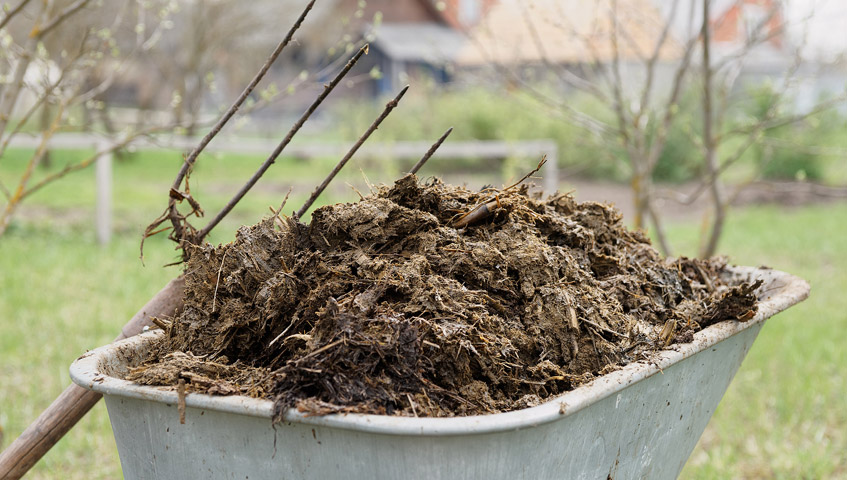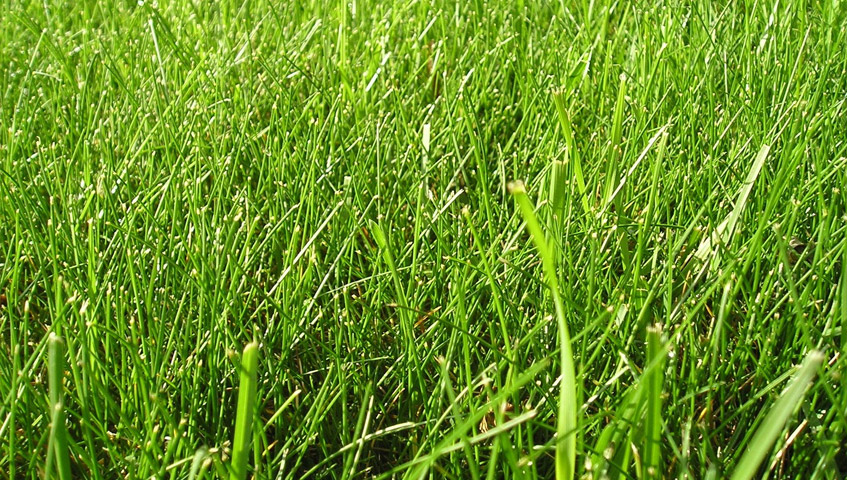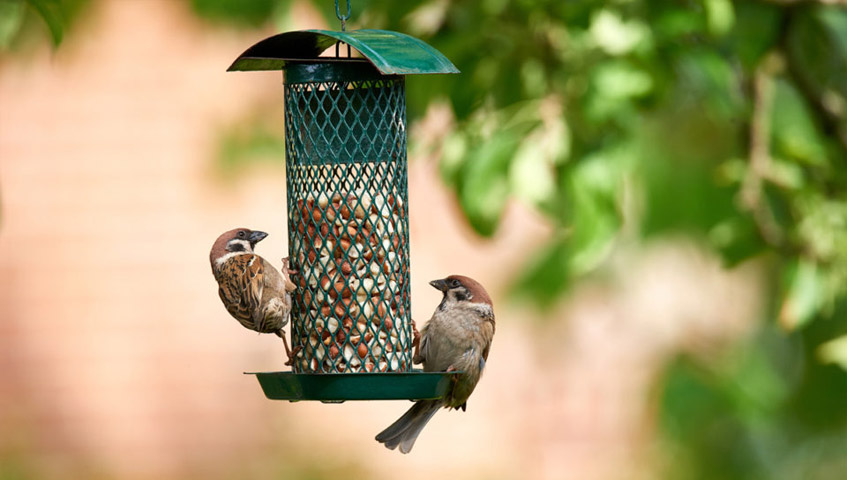After experiencing two of the driest Winters and Springs on record, many parts of the country are parched which has naturally had an impact on the wildlife as well as on our gardens – but there are some simple steps gardeners can take to help the wildlife survive the drought.
Many gardeners have already found a way to beat the hosepipe ban currently placed on areas in southern and eastern England after many water companies took this decision due to low reservoir levels. It seems that gardeners in Oxfordshire are harvesting rainwater in large water butts to combat the drought and to allow them to carry on tending their gardens while they can’t use hoses to water plants and vegetables. Water butts always have a convenient tap so you can simply fill up a watering can and get a little exercise in the evening whilst it’s nice out. If you have a great deal of watering, some are resolving the issue with the use of a wheelbarrow to take the weight of the water from ‘a to b’.
And now gardeners can step in and come to the aid of wildlife during the drought, by adopting a few measures. As an avid gardener, the birdlife in your garden is probably already important to you and it may be you have adopted practices to help the animals when water is scarce. Whether you’re already taking care of the wildlife in your garden or are keen to start, we have a few ideas for you.

Keep in mind that birds will likely be thirsty at the moment because of the lack of rainfall, and also hungry because of the knock-on effect of parched soil. For example, it may be harder for birds to get hold of worms because the ground is harder when dry – if this is the case, it’s a good idea to lightly dig the soil to aid the birds who can then get to the worms more easily. Lightly digging the soil is a great tip for the aeration process too. In a drought, try water-saving techniques like mulching plants and soil too, using leaf mould or well-rotted manure for example, as this retains the moisture and encourages earthworms and insects to survive, which in turn can become bird food. This is especially effective in plant pots and troughs where there is a self watering tray placed under to catch excess water lost. Hanging baskets are a bit of a no-no in droughts. They simply ask for too much water, as beautiful as they look when they are well watered and happy!
When it comes to feeding the birds, again you want to select the right foods for them during the drought. Leaving out chunks of apple, for example, is good as this fruit has particularly high water content. You can then also make bird feeders available too, with foods high in nutritional value. Be sure to leave fresh water out too, and keep an eye on this source to prevent it getting dirty or warm in the sun. Don’t be too fussy though, the animals can survive well enough drinking moisture from pools and grass.

Another measure is to keep your lawn mower locked in the shed – by letting the grass grow long, insect life is encouraged which can then be a food source for birds. If you have any mud in your garden, keep it wet so that birds like house martins and swallows can use the damp mud for building nests. Normally, birds can find muddy water at the edges of reservoirs and randomly on the ground but when the earth is parched such findings are rare – by adding some water to mud the birds can make new nests as well as fix any that need mending.
As much as possible, water the plants in your garden. It may not be possible to use a hosepipe but you can still fill up a watering can and keep plants healthy throughout the dry weather conditions. Plus, if you do harvest rainwater you’ll have an extra supply of water to splash around your garden – either literally or by topping up bird baths.
